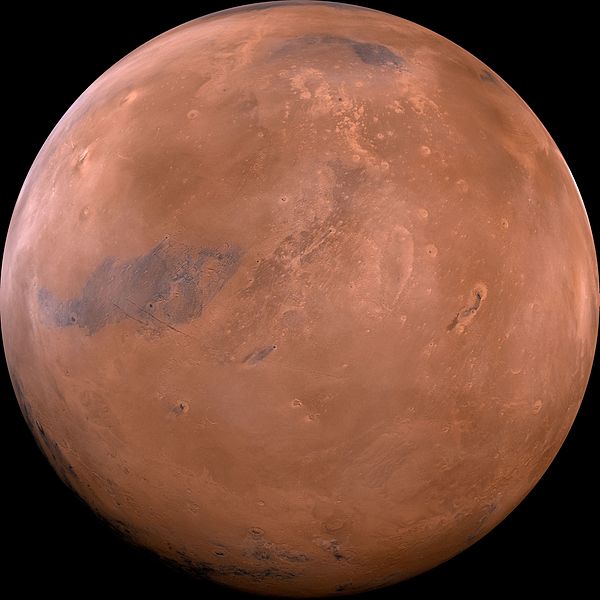
Notes from the 22 December 2018 print edition of The Economist, from an article entitled “The search for life on Mars: New results suggest there is no methane on Mars: Living organisms are thus less likely”:
Most of the methane in Earth’s atmosphere derives from living organisms, so discovering methane in the atmosphere of Mars would be strongly suggestive of Martian life.
Alas, though, the preliminary results from the ExoMars Trace Gas Orbiter, a European spacecraft that has been orbiting Mars for the past two years, reveal no Martian methane. They were shared on 12 November 2018 at the annual meeting of the American Geophysical Union, in Washington DC.
Some previous observations, drawn both from orbiters and from terrrestrial telescopes, had suggested otherwise. And the data from the American Mars rover Curiosity, which spent six years sampling on the Martian surface, did seem to find methane and even to detect seasonal variations ranging from 0.25 parts per billion in the winter to 0.65 parts per billion during the summer — occasionally spiking all the way up to a relatively whopping 7.0 parts per billion.
Where would that surface methane originate? It might come from space, via carbon-rich molecules arriving aboard meteors and then breaking down into methane. Or it might arise beneath the surface of Mars, perhaps concentrated near its source (which Curiosity might have been lucky enough to find). Subsurface methane could come from a geological or geochemical process that might be heightened during the (relative) warmth of a Martian summer. Perhaps, if it’s biological, there might be a subsurface organism that wakes up during the summer.
But methane should persist for centuries. So the fact that the ExoMars Trace Gas Orbiter, which features instrumentation that’s twenty times more sensitive than that aboard Curiosity, has failed to find even the slightest trace of methane in the Martian atmosphere is discouraging for those who hoped for signs of organic life.
The optimists haven’t given up, though. The ExoMars Trace Gas Orbiter can’t sample anything lower than five kilometers above the Martian surface. And, by sheer bad luck, when it flew over the specific area explored by Curiosity, a dust storm obstructed its view of anything within thirty kilometers of the surface.
At least I think that we can confidently rule out any idea that the surface of Mars resembles a giant New Zealand sheep paddock.

***
A very slightly related story:
***
In other science news:
“In Iran, parched lands hollowed by water pumping now sinking”
Surprising and refreshing:
“Anne Hathaway’s Lesson on Celebrity Pseudoscience”











